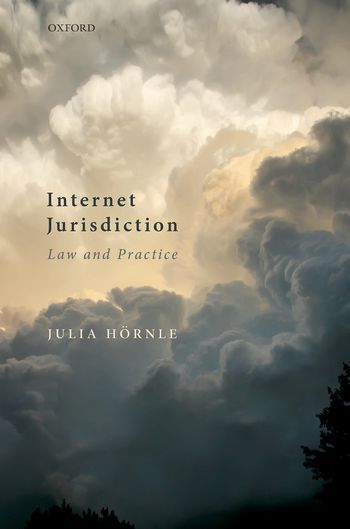
From a technological standpoint, geography is largely irrelevant. Data flows through the internet without regard for political borders or territories. Services, communication, and interaction can occur online between persons who may be in different countries. Illegal activities, like hacking, cyberespionage, propagating terrorist propaganda, defamation, revenge porn, and illegal marketplaces may all be remotely targeted and accessed from various countries. As such, the internet has created an interesting and complex set of challenges for the concept of jurisdiction and conflicts of law. This title takes a comparative approach covering the EU, UK, US, Germany, and China.
Broken into four parts, this book delves into the notion of jurisdiction as it relates to the internet. Part I focuses on the different meanings of the concept of jurisdiction, from a legal and historical perspective, and distinguishing between the different branches of government. It will highlight the challenges created by the internet, including social media and cloud computing. Part II analyses criminal jurisdiction, in regards to both jurisdictions in cybercrime cases and jurisdictional issues relating to criminal investigations (access to the cloud) and enforcement. Part III examines jurisdiction and applicable law in civil and commercial matters, such as e-commerce B2B and B2C contracts, torts typically occurring online, and online defamation and privacy infringement. Finally, Part IV looks at regulatory jurisdiction, examining the power of the executive (whether an arm of government or independent regulator) to apply and enforce national law. It will look at aspects like the provision of online audio-visual media services and online gambling services, both of which are heavily regulated, but which can be easily provided remotely from different jurisdictions. The book concludes by analysing how the concept of jurisdiction should be adapted to ensure the rule of law by nation states and prevent international conflicts between states.
This title gives a comprehensive look at the complicated subject of internet jurisdiction, essential for all dealing with jurisdictions in the modern age.